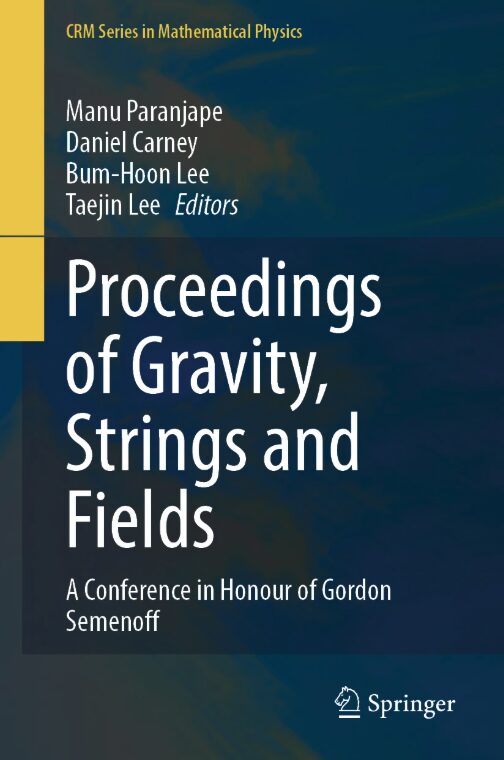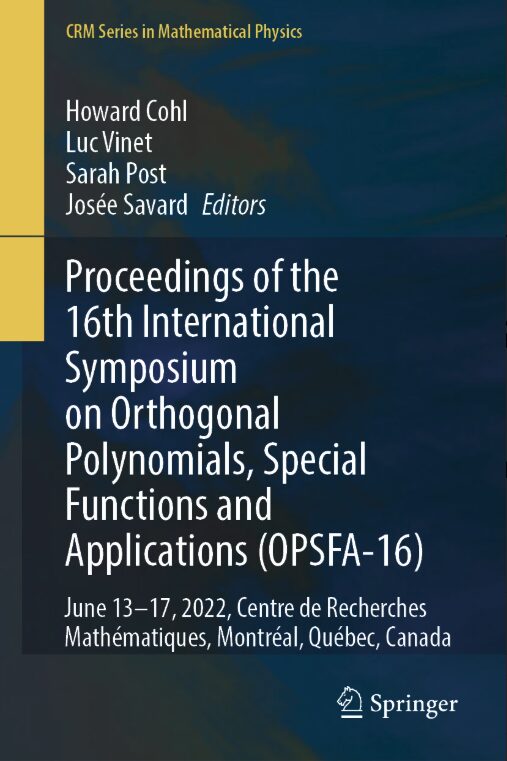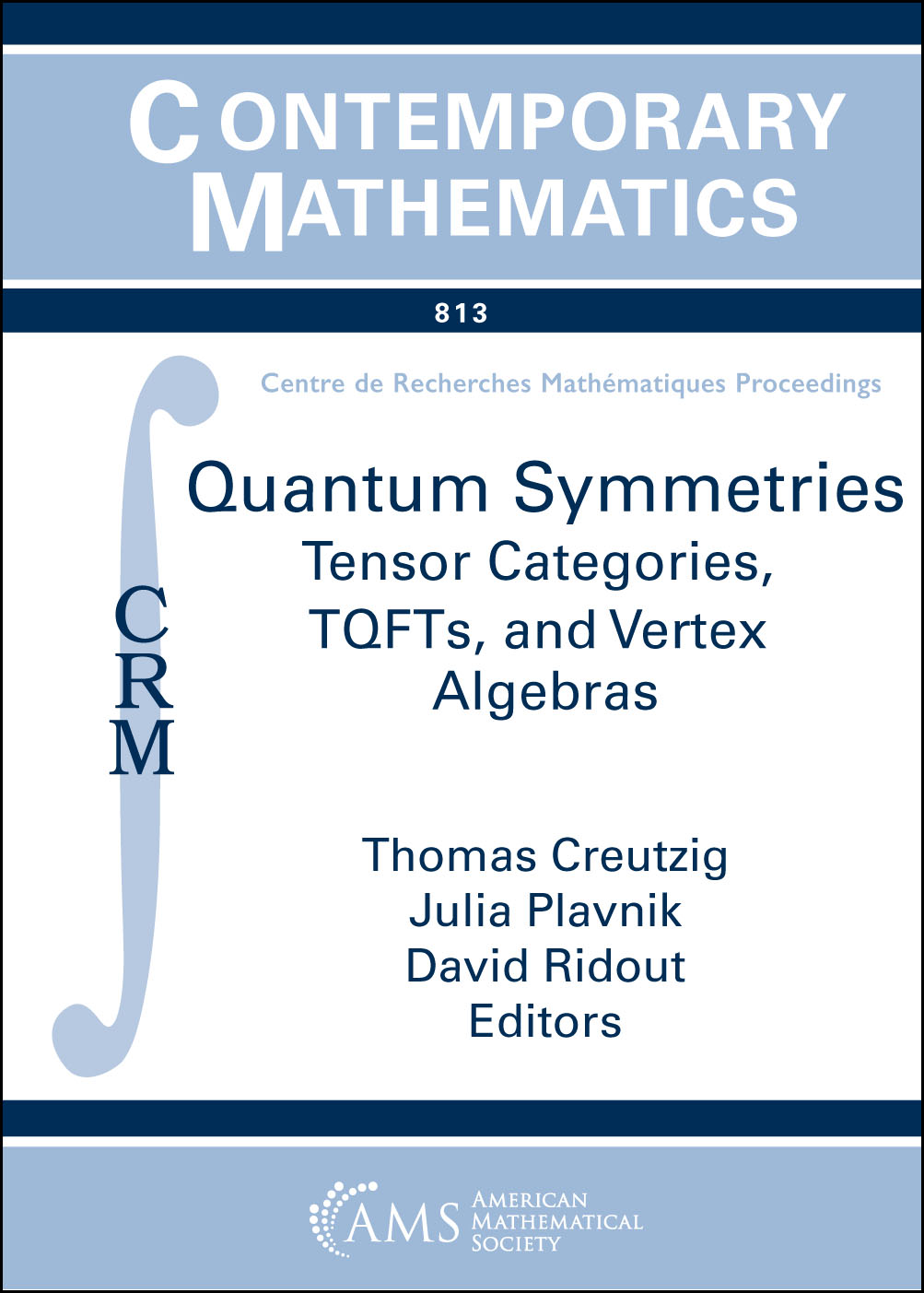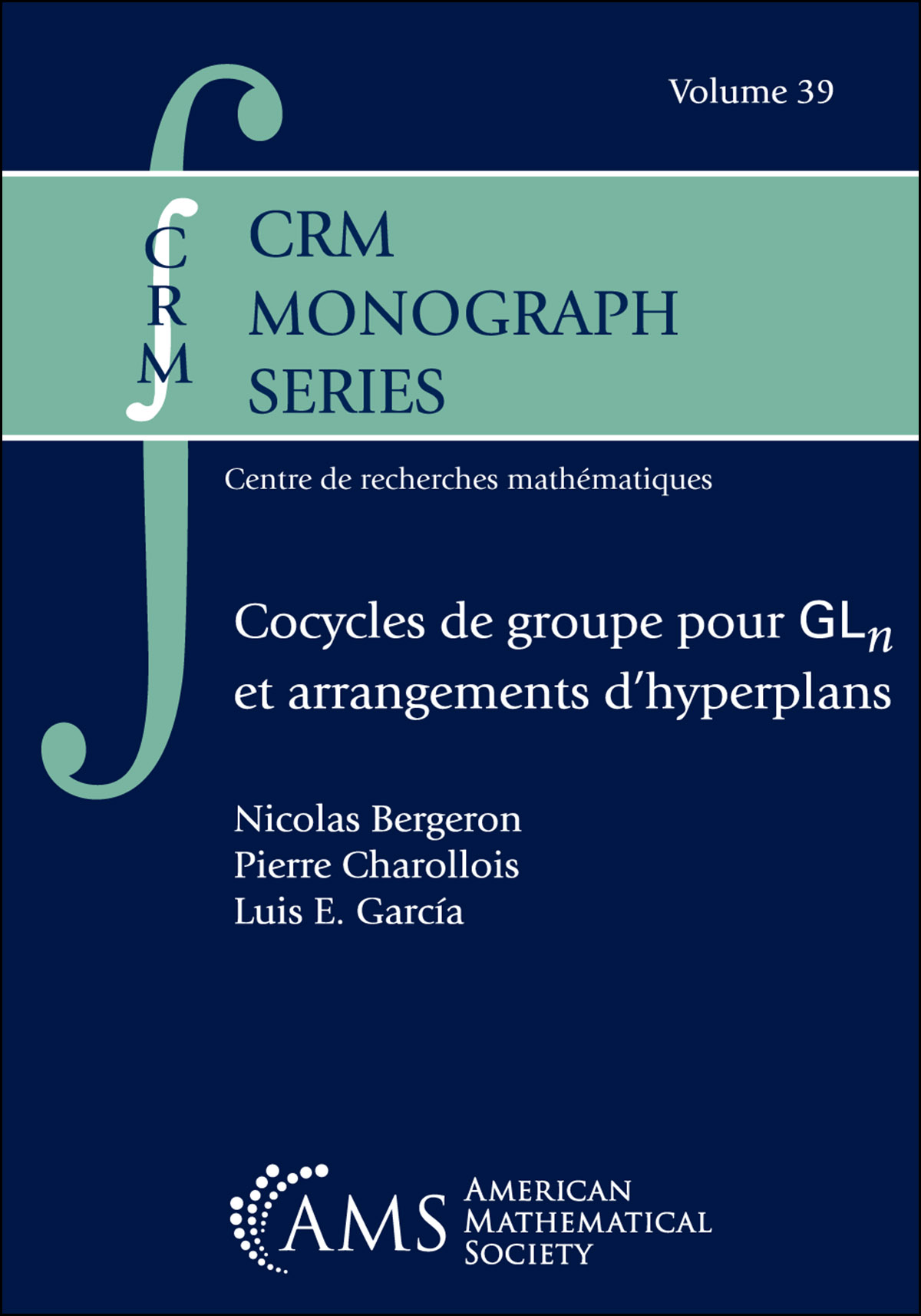Ian Agol (UC Berkeley)
Ribbon concordance of knots
Abstract
In 1981 Gordon introduced the notion of ribbon concordance of knots and conjectured that this relation is a partial order on knots. Gordon asked several other questions in his paper which remain open, such as that the partial order is well-founded and that simplicial volume is monotonic. We will connect some of his questions to questions about representations of knot groups, and give a bit of evidence for positive answers to these questions.
Ken Baker (University of Miami)
Handle numbers of knots, Seifert surfaces, and sutured manifolds
Abstract
A sutured manifold without toroidal sutures admits a Heegaard splitting into compression bodies. Generalizing Heegaard genus, its handle number is the minimum number of handles needed to assemble such a splitting. The handle number of a Seifert surface is that of its complementary sutured manifold, and the handle number of a knot is the minimum handle number among its Seifert surfaces. We will overview properties and curiosities of handle numbers of knots and sutured manifolds as we build towards a construction of knots whose handle number is not realized by the handle number of any of its minimal genus Seifert surfaces. Much of this is joint work with Fabiola Manjarrez-Gutiérrez.
David Futer (Temple University)
Fixed points of pseudo-Anosov maps and 3-manifold invariants
Abstract
Let S be a hyperbolic surface and f a pseudo-Anosov map on S. I will describe a result that predicts the number of fixed points of f, up to constants that depend only on the surface S. If f satisfies a mild condition called "strongly irreducible," then the logarithm of the number of fixed points of f is coarsely equal to its translation length on the Teichmuller space of S. Without this mild condition, there is still a coarse formula.
One application of our result says that fixed point-free homeomorphisms of the type needed for Kent and Leininger's construction of atoroidal surface bundles are particularly hard to find, making their construction especially delicate. Another application is a relationship between the volume of a fibered hyperbolic 3-manifold and the rank of its Heegaard Floer homology. This is joint work with Tarik Aougab and Sam Taylor.
David Gabai (Princeton University)
Diffeomorphisms of 4-Manifolds
Abstract
We will survey some recent progress on diffeomorphisms of 4-manifolds including how pseudo-isotopy theory can be used to approach long-standing problems. We will discuss work with Ryan Budney and recent work with David Gay and Daniel Hartman.
Josh Greene (Boston College)
Dehn surgery retrospective
Abstract
This talk will survey some of the major progress and challenges concerning Dehn surgery, with an emphasis on Cameron Gordon's decisive contributions and influence.
Ying Hu (University of Nebraska Omaha)
Left-Orderability of 3-Manifold Groups
Abstract
In this talk, I will share some of my joint work with Cameron Gordon and Steve Boyer on the left-orderability of fundamental groups of 3-manifolds. This includes results concerning 3-manifolds obtained by Dehn surgery and by taking branched covers along knots.
Jonathan Johnson (Sam Houston State University)
Order-Preserving Braids via the Burau Representation
Abstract
I will discuss a new sufficient condition for when a braided link, a braid closure together with its braid axis, is bi-orderable meaning the fundamental group of its exterior admits an order invariant under both left and right multiplication. In 2006, Perron and Rolfsen provided a condition which ensures that an automorphism of a free group preserves a bi-order of the free group and shows that many fibered 3-manifolds are bi-orderable, including many exteriors of braided links. Recent work of Khanh Le and I provide another new criterion, via the Burau representation, for a free group automorphism to be order-preserving. Using the new criterion, we produce new examples of bi-orderable braided link groups including some examples produced from braids whose underlying permutation is a full cycle which answers in affirmative a question of Kin and Rolfsen. This work is partially supported by the NSF grant DMS-2213213.
Autumn Kent (University of Wisconsin Madison)
Atoroidal surface bundles
Abstract
I will discuss recent work with C. Leininger in which we produce purely pseudo-Anosov surface subgroups of mapping class groups, obtaining the first compact atoroidal surface bundles over surfaces. We do this by constructing a type-preserving representation of the figure eight knot group into the mapping class group of the thrice-punctured sphere.
Tye Lidman (NC State University)
Cosmetic surgeries and Chern-Simons invariants
Abstract
This famous Gordon-Luecke knot complement theorem says that knots in the three-sphere are determined by their complements. This was settled by proving that non-trivial knots in the three-sphere cannot have non-trivial Dehn surgeries to the three-sphere. More generally, the Cosmetic Surgery Conjecture predicts two different surgeries on the same non-trivial knot always gives different three-manifolds. We discuss some results towards cosmetic surgery and knot complement problems. This is joint work with Ali Daemi and Mike Miller Eismeier.
Lisa Piccirillo (University of Texas at Austin)
Surjectivity and injectivity of Dehn surgery
Abstract
Dehn surgery (with fixed slope $p/q$) can be thought of as a function from the set of knots in $S^3$ to the set of closed oriented 3-manifolds with first homology $\mathbb/p$. In his 1978 survey, Some aspects of classical knot theory, Gordon conjectured that this function is never surjective or injective. Gordon-Luecke proved the surjectivity assertion in 1989. In this talk I will describe joint work with Hayden and Wakelin proving the injectivity assertion. I will also discuss some refined surjectivity and injectivity questions.
Mark Powell (University of Glasgow)
Knot concordance retrospective
Abstract
I will survey Cameron's contributions to the theory of knot concordance, in particular the huge impact of the Casson-Gordon invariants on the field.
Jake Rasmussen (University of Illinois)
L-space conjecture retrospective
Abstract
I'll give a retrospective survey of Cameron's work on the L-space conjecture. Since it was first stated 15 years ago, Boyer, Gordon, and Watson's bold conjecture that prime 3-manifolds are L-spaces if and only if they have non-left-orderable fundamental groups has inspired many new ideas, and much effort spent looking for counterexamples.
Quiyu Ren (University of California, Berkeley)
Reduce cosmetic surgery conjecture to hyperbolic knots
Abstract
The cosmetic surgery conjecture for knots in S^3 states that any two different Dehn surgeries on a nontrivial knot in S^3 are not orientation-preservingly homeomorphic. Significant recent progress towards the conjecture has been made using Floer homology, especially by Ni-Wu, Hanselman, and Daemi-Eismeier-Lidman. In this talk, we build on recent results to show that if there exists a satellite knot counterexample to the cosmetic surgery conjecture, then there exists infinitely many hyperbolic knot counterexamples. The proof is purely topological and relies on a careful analysis of the JSJ decomposition of the surgeries.
Hannah Turner (Stockton University)
Bi-ordering link complements via braids
Abstract
Any link (or knot) group – the fundamental group of a link complement – is left-orderable. However, not many link groups are bi-orderable – that is, admit an order invariant under both left and right multiplication. It is not well understood which link groups are bi-orderable, nor is there a conjectured topological characterization of links with bi-orderable link groups. I will discuss joint work in progress with Jonathan Johnson and Nancy Scherich to study this problem for braided links – braid closures together with their braid axis. Inspired by Kin-Rolfsen, we focus on braided link groups because algebraic properties of the braid group can be employed in this setting. We build on work of Cai-Clay-Rolfsen to produce a new sufficient condition for a braided link group to be bi-orderable which involves linking numbers and the Burau representation of a related braid.
Laura Wakelin (King's College London)
The Dehn surgery characterisation problem
Abstract
A rational slope p/q is characterising for a knot K if the oriented homeomorphism type of the 3-manifold obtained via p/q-surgery on K uniquely determines the knot K. I will give an overview of the progress made towards determining the set of characterising slopes for a knot, including joint work with Patricia Sorya in which we show that the JSJ decomposition of the knot exterior determines an explicit denominator bound which guarantees that a slope is characterising.
Liam Watson University of British Columbia)
Khovanov homology and mutation
Abstract
I will outline a proof of mutation invariance for reduced Khovanov homology over any field. When restricting to mod 2 coefficients, this result can be accessed in a number of different ways—the first proofs were given by Bloom and by Wehrli. Managing signs will appeal to a geography result for the tangle-version of the Khovanov invariant, which can be stated in terms of immersed curves. Establishing this makes an interesting appeal to homological mirror symmetry for the 3-punctured sphere. This is part of a joint project with Kotelskiy and Zibrowius.
Henry Wilton (University of Cambridge)
Undecidability, coherence and surfaces retrospective.
Abstract
I will survey some of Cameron Gordon's work in infinite group theory. In particular, I will explain the influence of his work on current research themes and programmes.
Alex Zupan (University of Nebraska-Lincoln)
Ribbon knots through the lens of Casson and Gordon's theorem
Abstract
A classical result of Casson and Gordon asserts that a fibered knot K is homotopy-ribbon in a homotopy 4-ball if and only if its monodromy extends over a handlebody. This lovely theorem has influenced my work in several ways I'll discuss in this talk. First, in joint work with Maggie Miller, we extend this theorem to the setting of non-fibered ribbon knots. Second, in joint work with Jeff Meier, we determine all possible handlebody extensions of the monodromy of a generalized square knot T(p,q) # -T(p,q), and we prove that T(p,2) # -T(p,2) bounds infinitely many ribbon disks up to isotopy, all of which have diffeomorphic exteriors.





